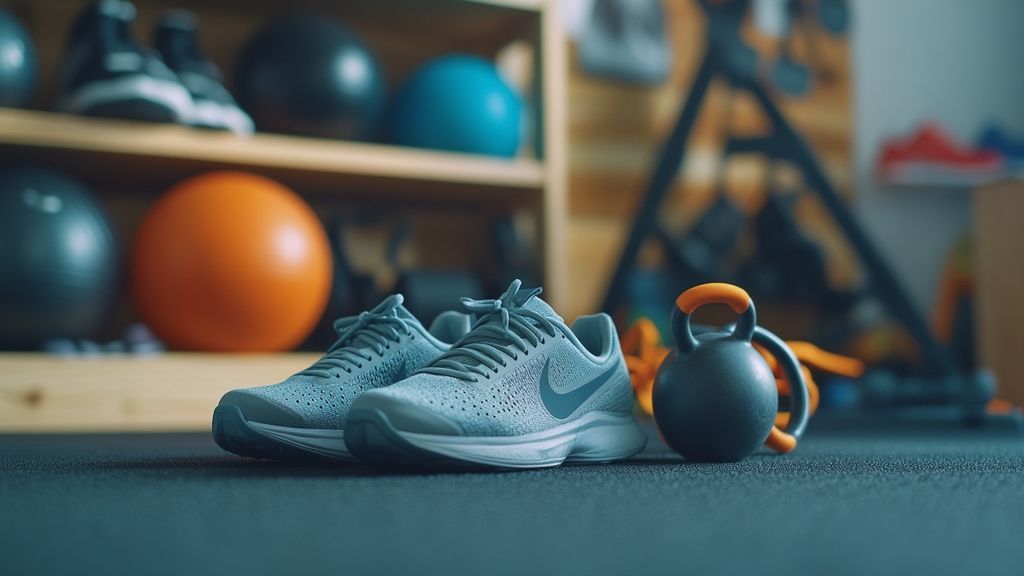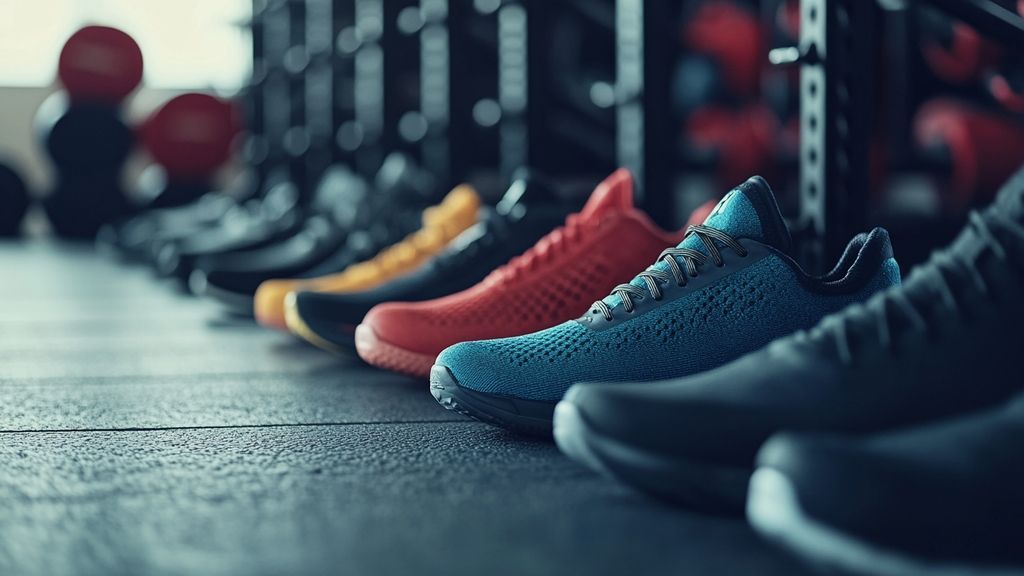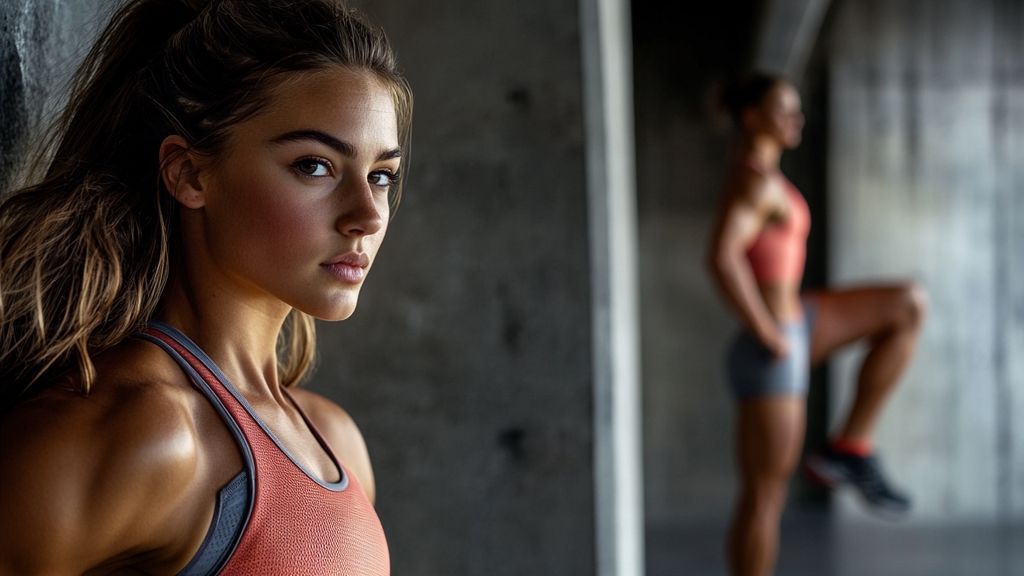Choosing the right shoes for CrossFit can significantly impact your performance and overall workout experience. With various movements involved in a typical CrossFit session—jumping, running, lifting, and more—it’s critical to select footwear that offers the right blend of stability, comfort, and versatility. In the quest for the ideal pair of shoes, individuals often grapple with an overwhelming variety of choices. Let’s delve deeper into the best types of CrossFit shoes available in 2025, ensuring you can power through your workouts effectively and safely.
Understanding CrossFit Footwear Requirements
CrossFit combines strength training, cardiovascular exercise, and flexibility training all in one, which places unique demands on your footwear. A good pair of shoes must not only support your feet during weightlifting but also provide enough cushioning and grip for high-intensity cardio exercises. When selecting footwear, focus on three core aspects: fit, comfort, and functionality. Taking the time to understand these requirements can help you avoid common pitfalls, like injuries and poor performance.
The Importance of Fit
Finding a shoe that fits correctly is crucial. A poorly fitting shoe can lead to blisters and long-term foot issues. Look for shoes that provide a snug fit without being overly tight. Remember that different brands may have variations in sizing; therefore, it’s wise to try shoes on before purchasing. Some features to consider include:
- Toe Box: A wider toe box can allow your toes to splay naturally during movements.
- Heel Height: The right heel height can influence your lifting performance.
- Lacing System: A secure lacing system ensures the shoe stays in place during high-intensity workouts.
Comfort During Workouts
Comfort should never be an afterthought. Your shoes should feel good during all types of workouts—whether you are doing burpees or heavy squats. Look for footwear with adequate cushioning and support. If you have specific foot conditions like flat feet or high arches, consider specialty shoes that cater to your needs. Additionally, many brands offer customizable insoles that can enhance comfort and support, making it easier to stay focused on your workouts instead of your feet.
Top CrossFit Shoes for 2025

The market for CrossFit shoes has evolved smoothly over the years, introducing numerous models that cater to the diverse needs of athletes. Various brands have crafted innovative designs that enhance performance in distinct areas. Below are some of the best options available in 2025:
Nike Metcon 9
Regarded as one of the best overall CrossFit shoes, the Nike Metcon 9 excels in providing stability and versatility. The shoe’s midsole offers an excellent blend of support for lifting while maintaining comfort during high-intensity cardio segments. With a durable upper that resists wear and tear, this shoe meets the rigorous demands of CrossFit. It also features a special traction system that enhances grip, making it ideal for sweaty gym floors or outdoor surfaces.
Reebok Nano Gym
If you’re looking for budget options, the Reebok Nano Gym stands out as a practical choice. While it’s priced affordably, it doesn’t sacrifice quality or performance. Lightweight with sufficient cushioning, this shoe is suitable for various WODs and daily gym sessions. Its design provides adequate ankle support and arch stability without feeling cumbersome.
Born Primitive Savage 1
This shoe has gained popularity as one of the best everyday CrossFit trainers. Its performance-driven design allows for seamless transitions between different workout modalities, from lifting to running. The Born Primitive Savage 1 integrates breathability and comfort, making it an excellent option post-workout too. Athletes are drawn to its stylish look, enabling them to wear it both inside and outside the gym.
Expert Tips for Selecting CrossFit Shoes
When venturing into the world of CrossFit shoes, it’s essential to heed expert advice. Here are some crucial tips from trainers and seasoned athletes to help in your selection process:
Consider Your Workout Style
Every CrossFitter has unique preferences. Some may prioritize lifting support, while others might focus on flexibility and agility. Know your routine; for instance, if you frequently engage in heavy lifting, look for shoes with a solid heel. In contrast, if running is a major part of your training program, prioritize lightweight options that offer good grip and efficient energy return. Shoes should align with your routine and personal needs.
Take Your Time to Shop
Don’t rush your shoe selection. Visit stores, try on multiple pairs, and mimic CrossFit movements like squats and lunges to see how well each shoe performs. Ensure there’s no discomfort upon wearing them for sustained periods, and consult with knowledgeable staff if necessary.
Pay Attention to Material Quality
The material of your CrossFit shoes can significantly affect their durability and performance. High-quality synthetic materials and mesh provide breathability and longevity. Additionally, focusing on rubber outsoles can enhance grip and traction on various surfaces. Assess these elements before making your decision, as they contribute to overall performance.
Common Mistakes When Choosing CrossFit Shoes

Ignoring Your Foot Type
Not all shoes fit all foot types. Whether you have high arches, flat feet, or neutral feet, it’s important to choose shoes that cater to your specific foot type. Using shoes that don’t suit your anatomy can lead to discomfort and injuries. Research footwear designed explicitly for your foot type and incorporate specialized insoles when necessary.
Purchasing Based on Looks Alone
While aesthetics might attract initially, choosing footwear solely for their look can be a grave mistake. Opt for shoes that offer the performance benefits you need for your CrossFit workouts. Looks should be a secondary factor compared to functionality and support.
Neglecting Break-in Periods
Many athletes forget that new shoes often require a break-in period. Wearing new shoes during intense workouts can lead to blisters and discomfort. Allow time for your new shoes to adapt to your feet before fully committing them to demanding workouts. Consider wearing them during lighter activities or casual walks until they feel comfortable.
Maintaining Your CrossFit Shoes
Regular Cleaning
Monitor for Wear and Tear
Store Properly
Evaluating Performance: Feedback from Athletes

